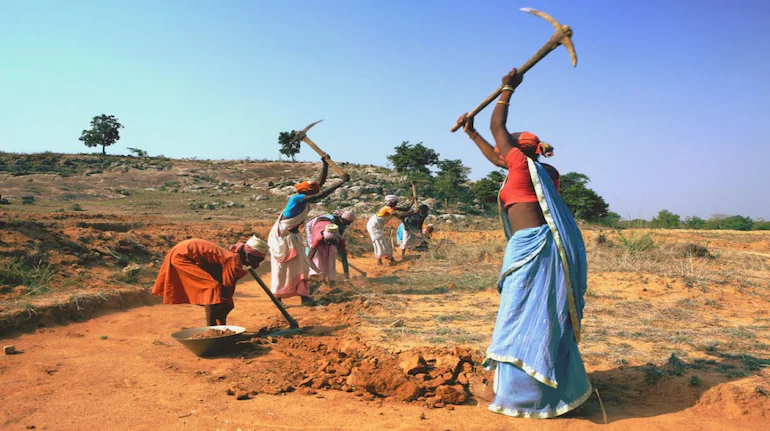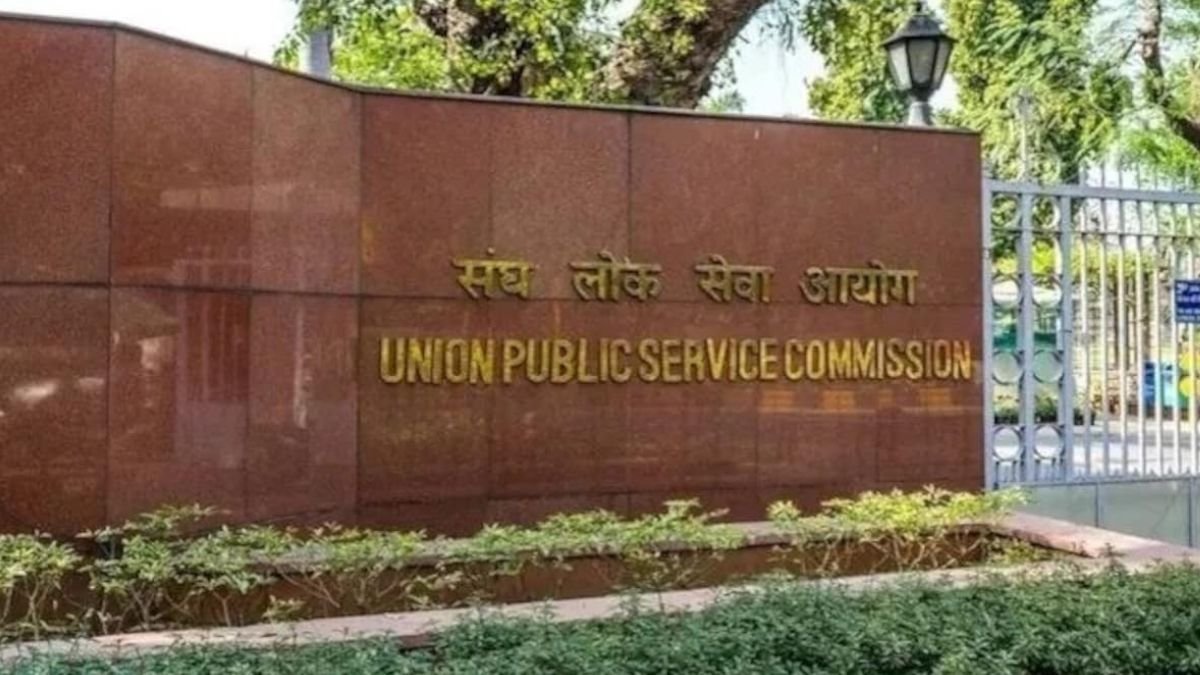Why in the News?
- The Jharkhand franchise of the Archery Premier League (APL) has been named “Chero Archers”, in honour of the Chero tribe’s martial legacy.
- The Cheros are remembered for their centuries of resistance against powerful empires, including the Mughals and later the British, making their story relevant in present times.
Key Highlights
- Origins of the Cheros (12th–13th Century)
- The Chero tribe emerged in eastern India after the fall of the Pala Empire and the rise of the Sena dynasty.
- They eventually settled in Palamau, in present-day western Jharkhand, an area rich in forests and hills that would later become their stronghold.
- Early Resistance Against the Mughals (16th–17th Century)
- Sahbal Rai, a Chero warrior and contemporary of Emperor Jahangir, became famous for raiding Mughal caravans on the Grand Trunk Road in 1613.
- Captured and brought before Jahangir, he was forced to fight a tiger for the emperor’s amusement and died in the attempt — symbolizing Chero defiance.
- Mughal generals such as Man Singh (1589), Sha’ista Khan (1641), Zabardast Khan (1643), and Daud Khan (1660) launched repeated campaigns against the Cheros.
- Despite defeats, the Cheros relied on guerrilla warfare in the dense forests, constantly harassing Mughal forces with flaming arrows.
- Medini Rai: The ‘Chero Napoleon’ (Mid-17th Century)
- The most celebrated Chero leader, Medini Rai, defended Palamau against Mughal invasions.
- During an attack by Daud Khan in 1660, Medini Rai strategically evacuated women, children, and valuables from his fort before engaging in battle.
- His soldiers, described by historian W. Hunter as brave men with “bare heads, bare feet, and simple bows”, embodied the underdog spirit.
- Medini Rai’s leadership earned him the title “Chero Napoleon”, remembered even today through Medininagar city in Jharkhand.
- Later Conflicts and Continued Resistance (18th Century)
- In 1730, Chero warriors under Jai Krishna Rai ambushed the forces of Muazzam Khan, using strategies such as felling trees, blocking roads, and showering arrows from behind rocks.
- Muazzam Khan reportedly died from such an attack, forcing Mughal commanders like Fakhruddaula to settle for a tributary arrangement with the Cheros.
- Resistance Against the British (18th–19th Century)
- In 1771, Chitrajit Rai of the Chero tribe defied Captain Jacob Camac of the East India Company, impressing even British officers with his people’s courage.
- Mini-uprisings continued between 1817 and 1857, where Cheros used forests for cover and fought with bows and arrows.
- The Nilamber-Pitamber uprising (1857) in Palamau marked the culmination of Chero resistance, with the brothers leading a revolt during the First War of Independence.
- Integration with Wider Tribal Resistance
- The Cheros’ struggle was part of a larger tribal tradition of defiance, reflected in the Santhal Revolt of 1855 led by Sidhu and Kanhu Murmu.
- These movements highlight how tribal communities became vital actors in anti-colonial struggles, even though their contributions are often sidelined in mainstream history.
Key Terms
- Guerrilla Warfare
- Guerrilla Warfare is a form of irregular warfare where small groups use mobility, surprise, and the terrain to fight a larger, conventional army. Instead of direct battles, guerrilla fighters rely on ambushes, raids, sabotage, and hit-and-run tactics.
- Key Points:
- Used by weaker forces against stronger opponents.
- Relies on knowledge of local geography like forests, hills, or mountains.
- Focuses on speed and surprise rather than heavy weaponry.
- Reduces the enemy’s morale and supply lines over time.
- Examples in India: Chero resistance against Mughals/British, Santal Revolt, Bhil uprisings.
- Santal Revolt (1855)
- Uprising led by Sidhu and Kanhu Murmu against British colonial policies.
- Motivated by exploitation from landlords, moneylenders, and zamindars.
- Involved mass tribal mobilization using bows and arrows.
- Precursor to the 1857 Revolt.
- Highlights the continuity of tribal resistance traditions.
- Nilamber-Pitamber Uprising (1857)
- Local revolt during the First War of Independence in Palamau.
- Led by Chero brothers Nilamber and Pitamber.
- Integrated with the larger 1857 movement but retained tribal character.
- Symbolizes the culmination of Chero resistance.
- Crucial for understanding Jharkhand’s role in India’s freedom struggle.
Implications
- Cultural Legacy
- The Chero bow and arrow symbolize underdog defiance and remain central to their identity.
- Recognition through APL revives tribal pride and heritage.
- Historical Importance
- Provides a narrative of continuous tribal resistance against imperial and colonial powers.
- Corrects the neglect of regional and tribal histories in mainstream accounts.
- Contribution to Freedom Struggle
- Tribes like the Cheros played crucial roles in revolts, from Mughal resistance to the 1857 uprising.
- Their actions broaden the scope of India’s freedom narrative.
- Modern Relevance
- Strengthens Jharkhand’s cultural identity and tourism potential.
- Connects to popular culture (e.g., RRR’s depiction of tribal defiance).
- Academic Value
- Useful for UPSC topics on tribal resistance, freedom struggle, and regional history.
- Enhances understanding of non-mainstream resistance movements.
Challenges and Way Forward
| Challenges | Way Forward |
| Underrepresentation in mainstream history. | Incorporate tribal struggles into school and college curricula. |
| Heritage reduced to sport branding. | Build museums, cultural centers, and research projects dedicated to tribal heroes. |
| Generational disconnect. | Promote oral histories, documentaries, and folk performances. |
| Loss of land and forests. | Ensure tribal land rights and ecological conservation. |
| Stereotyping tribes only as warriors. | Highlight their social, cultural, and ecological contributions as well. |
Conclusion
The Cheros represent a powerful story of resistance where simple bows and arrows defeated mighty armies. From Sahbal Rai and Medini Rai to Nilamber and Pitamber, they remind us that courage and resilience matter more than weaponry. Their revival through the Chero Archers team is not just about sports but about reclaiming forgotten histories of defiance.
| EnsureIAS Mains Question
Q. Examine the role of the Chero tribe in resisting Mughal and British authority in eastern India. How does their story reflect the broader narrative of tribal resistance movements in Indian history? (250 Words) |
| EnsureIAS Prelims Question
Q. With reference to the Chero tribe of India, consider the following statements: 1. The Cheros emerged after the fall of the Pala Empire and settled in Palamau. 2. Medini Rai, known as the “Chero Napoleon,” led their battles against Mughal forces. 3. Nilamber and Pitamber, leaders of the 1857 revolt in Jharkhand, belonged to the Chero community. 4. The Cheros primarily used muskets and swords, avoiding traditional bows and arrows. Which of the above statements are correct? (a) 1, 2 and 3 only Answer: (a) 1, 2 and 3 only Explanation: Statement 1 is Correct: Cheros emerged after the fall of the Pala Empire and settled in Palamau. Statement 2 is Correct: Medini Rai led resistance against Mughal generals like Daud Khan. Statement 3 is Correct: Nilamber and Pitamber were Chero brothers who resisted the British in 1857. Statement 4 is Incorrect: Cheros mainly relied on bows and arrows, not muskets and swords. |
|
Also Read |
|
| UPSC Foundation Course | UPSC Daily Current Affairs |
| UPSC Monthly Magazine | CSAT Foundation Course |
| Free MCQs for UPSC Prelims | UPSC Test Series |
| ENSURE IAS NOTES | Our Booklist |





